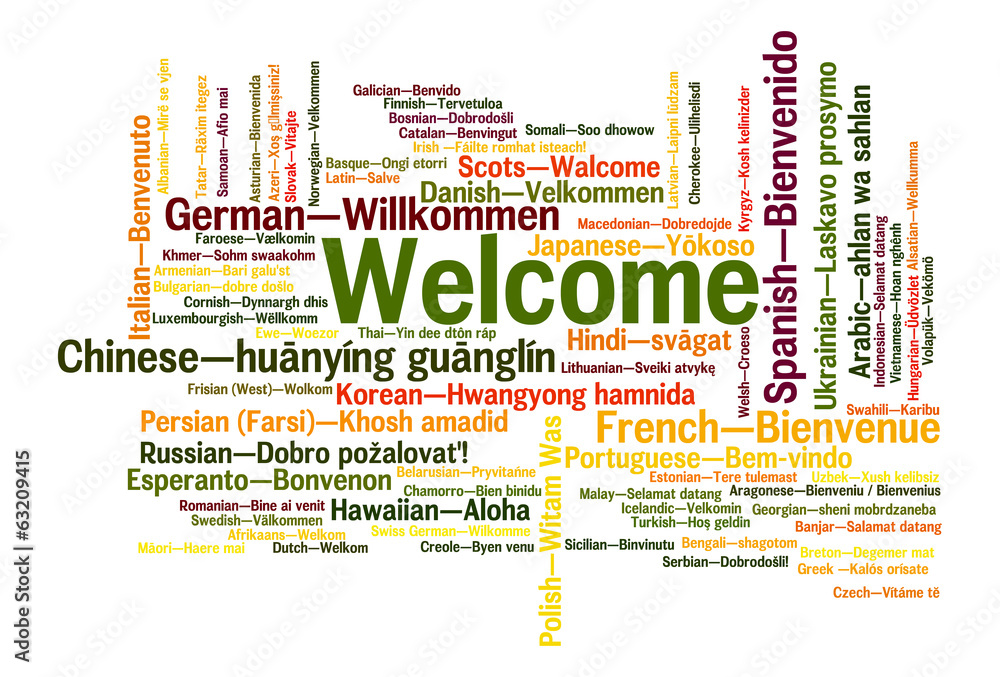Group 1: Colleen Burke, Oressa Gray-Mullen
How do the theoretical frameworks evolve and change from one to the other?
Starting with Modernization, this framework is a bit more narrow and highlights a divide between “civilized” and “uncivilized,” viewing certain societies (modern) as more productive. Within the Modernization framework, it is expected that in order to become modern, a nation or community must adopt the values and structure of a “modern” state and replace their traditions. This modern pursuit is a western ethnocentric ideal based upon the nation-state framework and was established during high American and Soviet influence after WWII. Modernization expects a radical but gradual and lengthy process towards homogeneousness as the third world countries move towards the first.
This moves forward into Dependency, with the idea that underdeveloped states are subordinate to the first world core. This concept was developed from neo-marxism and Keynes’ economic theory. However, one of the main differences and changes from Modernization to Dependency, is that within the Dependency framework it is believed that “peripheral nations experience most economic development when ties to the core are weakest.” The many are marginalized as social inequalities and economic growth rise during economic denationalization and domestic industrialization.
Beyond this, we come to the World Systems Model, in which the economy and framework is viewed at a more macro level, looking at it as a global, dependent network rather than as separate nations/regions. As international communications developed and more multinational events and change occurred, the World Systems Model grew in the 1960s.
Which ultimately leads us to Globalization, a framework that highlights social relations stretching facilitated by communications, media, and transportation and allows room for conditions to vary based on cultural factors within each nation. While also transcending the nation-state divides, globalization expects deterritorialization and radical new relationships. The goal of Globalization appears to be for more interconnectedness while attempting to “transcend homogenization” which is very far from Modernization, which assumes things must be replaced and taken over in a way.
How do the frameworks lack further explanations as to how people live their lives?
Looking at theories of Modernization and Dependency, there is a clear ethnocentrism. However, there are ways of reaching modern ideals of success that do not match the ethnocentric view of modernization. Additionally, the fluctuation of wealth in third world countries diminish dependency theory. There is information missing on how the “periphery” nations or the third world countries maintain their own independence and cultural practices, as both theories call for them to essentially bow to “core” nation attributes in order to rise. There is a clear misunderstanding of the third world’s conditions and desires for progress and how that progress would look best for them (rather than assuming the “modern” Western states know best). It is
interesting to look at World Systems and Globalization and consider how we maintain and share individual cultures, communities, and practices while becoming so interconnected with technology and communication. Although this scale feels all encompassing, it is also too macroscopic to realistically reflect on people’s lives.
How does the economics piece connect people in different ways through mobility and education?Over time, major changes in theory are due to political motion and human events both effecting or being the product of economic change internationally and within different regimes. Multinational economics has the capacity to strengthen bonds between nations through interdependent trade and a capitalist free flowing market. This can lead to denationalized economics; the capitalistic market is central to Globalization and Dependency theory rather than the nation-states bound geographically. This demands change in education or the thinking around people’s identities and goals. In the world systems theory, a nation’s economic system should be understood in relation to the world-system- a change in perception for economic gain. In modernization, the modern ideals are built around industrial progress for economic gain. To become “civilized” means to unlearn or leave behind the uncivilized. Depending on where you began, economics may be a motivation for people to migrate or seek out education in another space, specifically a wealthy first world country. It also has the capacity to connect people through jobs, or encourage movement to different nations in search of a new job or new opportunities for economic growth.



